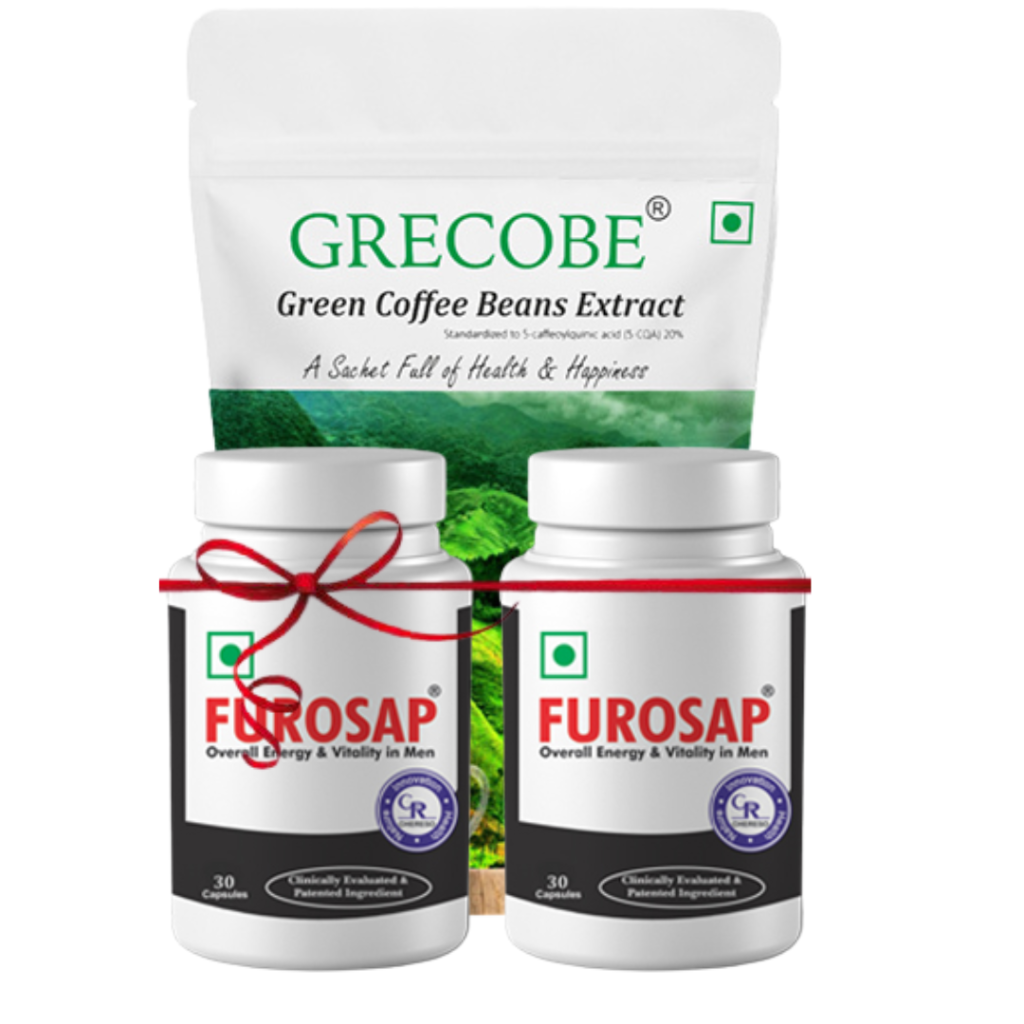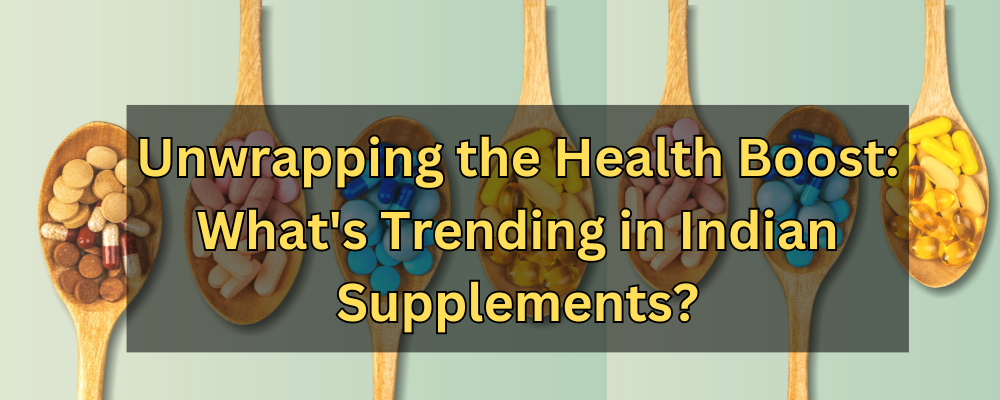Fat-free! All-natural! Vitamin-enriched! Labels like these guide us through the grocery store. But products that tout nutritional benefits are often anything but good for you. The food industry is given wide leeway to promote their products, so it’s up to us to ferret out the imposters.
That means reading nutrition labels to see what ingredients products actually contain. Some of the worst offenders turn up in foods you’d least suspect. Those so-called health bars, for example, may contain protein and some vitamins and minerals, but they’re often loaded with salt and sugar as well.
And just because something is seasoned with sea salt, doesn’t mean it’s any healthier. “It’s going to have the same amount of sodium as table salt,” says Denise Cole, a registered dietitian at the Cleveland Clinic, but “we need less of it to make our food taste better because it’s a coarser grind than table salt. So, just remember, we’re still getting the same amount of sodium, it’s just in a different form.”
And the next time you reach for that low-fat peanut butter, think again. Often, the healthy peanut fat has been removed and replaced with added sugar to make up for the loss in flavor. That’s actually the case for many fat-free and low-fat products.
Of course, you don’t always have nutrition labels to guide you to the healthiest choices at the market. And when you’re in the produce section, all those greens can be overwhelming. In that case, let color be your guide.
“Iceberg lettuce actually has very little nutritional value. It’s mostly water, so if you’re looking to get good vitamins, minerals, and phytochemicals, you want to look at darker, greener lettuces, like romaine and spinach and kale,” Cole says. “The darker … a lettuce, the more nutrition it has.”
Here’s another tip: “Whole grain” and “multigrain” are not interchangeable terms. Whole grains are healthier because they contain all parts of the grain kernel. But multigrain simply means the food contains more than one type of grain.
When in doubt, just remember to read the type behind the hype.














